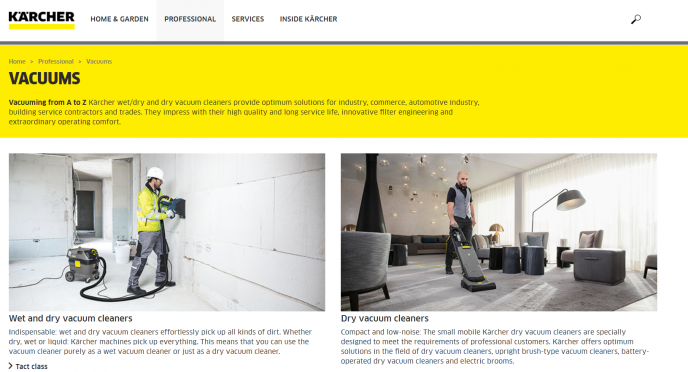It’s a common understanding that images in your content matter. They offer a much-needed break when reading a long blog piece, they help show people information that can’t be put in words, and they’re eye-catching.
They also have a significant impact on how well your content marketing does. Some 65% of people visit Facebook to view images. The top content for many social media platforms is visual content and you can optimize your images to help boost social shares.
There are studies that show that sixty-five percent of people recall visual information up to three days after viewing that content. For marketers, visual content like infographics provides a great deal of value. Forty-one percent of them find that infographics are more valuable than any other type of visual format.
Another key way that images help you is by boosting SEO.
One of the most important things an image does for your content is that it elicits emotions. When you can create positive emotions or other emotions such as concern or awe, you’ll make a connection with your audience. And this connection can translate into higher engagement on your blog or social media and even better conversions.
So, let’s break down how we can deliberately craft or choose images to create a powerful impact on your readers with the following techniques.
Your subject choice
This is one of the first choices you’ll make when making image-related decisions. Choosing a subject that conveys your point while creating emotions is an obvious and common activity. It’s something that most people can do with ease.
But it is helpful to be more aware of your thinking process and the impact that your image will have. Let’s check out an example for industrial vacuum cleaners. Even though this is a B2B industrial solution where technical specs matter, there’s still a way to make something like industrial vacuums resonate more with people. Take a look at the two pictures below.


The simple addition of people using a tool immediately adds a more human feel to the second image while also showcasing what the company does.
You want to make sure that the images you choose illustrate the content of your post. Whether it’s for a blog header, your article body, or social media.
It’s also not necessary for the image you pick to represent exactly what you do or what your product is. For certain content types where you’re speaking about broader topics and ideas, you can choose image subjects that are more abstract.
For example, the image below is of a paper plane being launched. The upward direction of the plane and the moon appearing as the plane’s destination can represent the launch of a new business. It can also be used to represent personal growth. An image like this conveys powerful emotions and also makes sense in the right context.

Work with meaningful images to substitute for broad and abstract content
As a final example and different example, here’s part of an infographic by the World Food Organization. Even numbers, statistics, and facts relating to serious issues can create emotions, as evidenced by the choice of graphics in this infographic.

Deliberate framing
The way you frame an image can enhance or decrease the emotional impact of the subject. Many people simply download pictures without making any basic changes to the appearance.
Simply cropping an image to reframe it and focus on specific elements can dramatically improve how people emotionally respond to your post.
Let’s look at an image example. The first is a stock image that moves away from the woman’s face and includes elements in the background. These background and other elements do add context.

But if you want to make an image more impactful, consider changing the frame and focusing more on the expression of the woman’s face. You’ll see a clear difference from this minor change.

The next time you’re looking to build emotion through pictures, be more critical about the image you’re uploading. Maybe you could use a free image editing tool like Canva and change the focus of the picture by reframing it and highlighting the emotional elements.
Filters
We use filters to share fun images with our friends on social media. But filters are also used to create specific moods in professional and business images.
When you want to create an uplifting and positive emotion, it makes sense to use bright and contrasting colors.
On the other side, if you’d like to convey serious messages then a more somber and even grayscale filter is appropriate.
Since words don’t cut it as well as images do, let’s just look at the following images for inspiration.
This image is from an ethical chocolate making company that wants to highlight fair trade and ethical sourcing practices. They want to convey that they are a responsible company and are improving the lives of the people they source cocoa pods from. The images on their sight are enhanced to appear bright and ‘happy’.
The next is a hero image from a company dedicated to improving and supporting workplace safety. Given that it’s a serious matter, a more somber black and white filter is appropriate.

Back to you
While images on their own can do a great deal to improve the impact of your content, it’s important to enhance them to create the best effect you can.
Doing so involves understanding a few basic techniques and applying them to transform images into something more powerful.
—
Syed Balkhi is an award-winning entrepreneur and online marketing expert. He is the co-founder of OptinMonster, WPBeginner, MonsterInsights, and WPForms.

